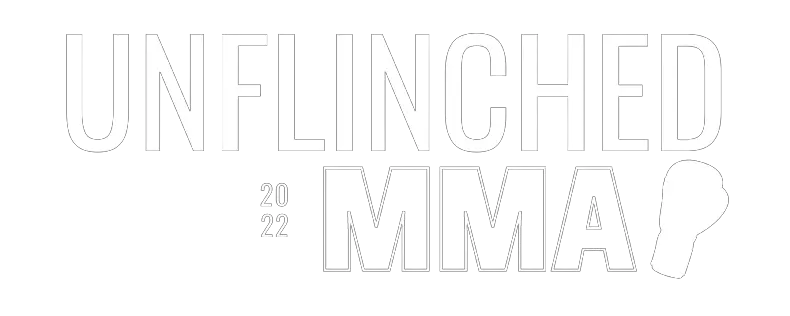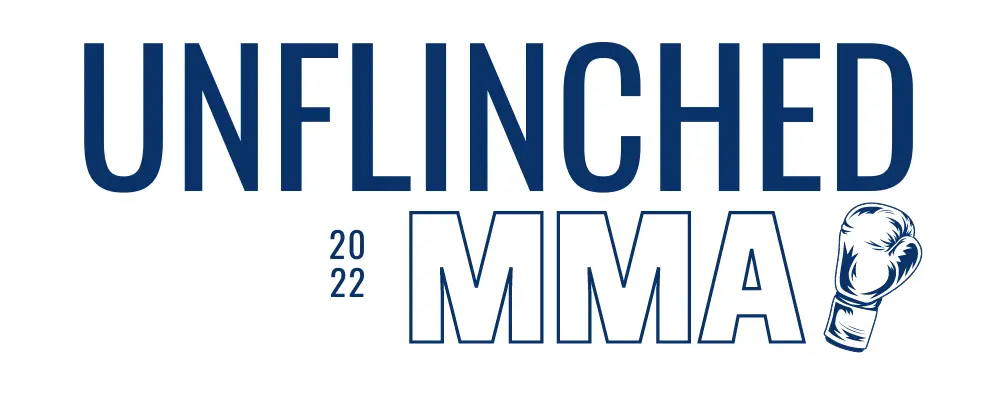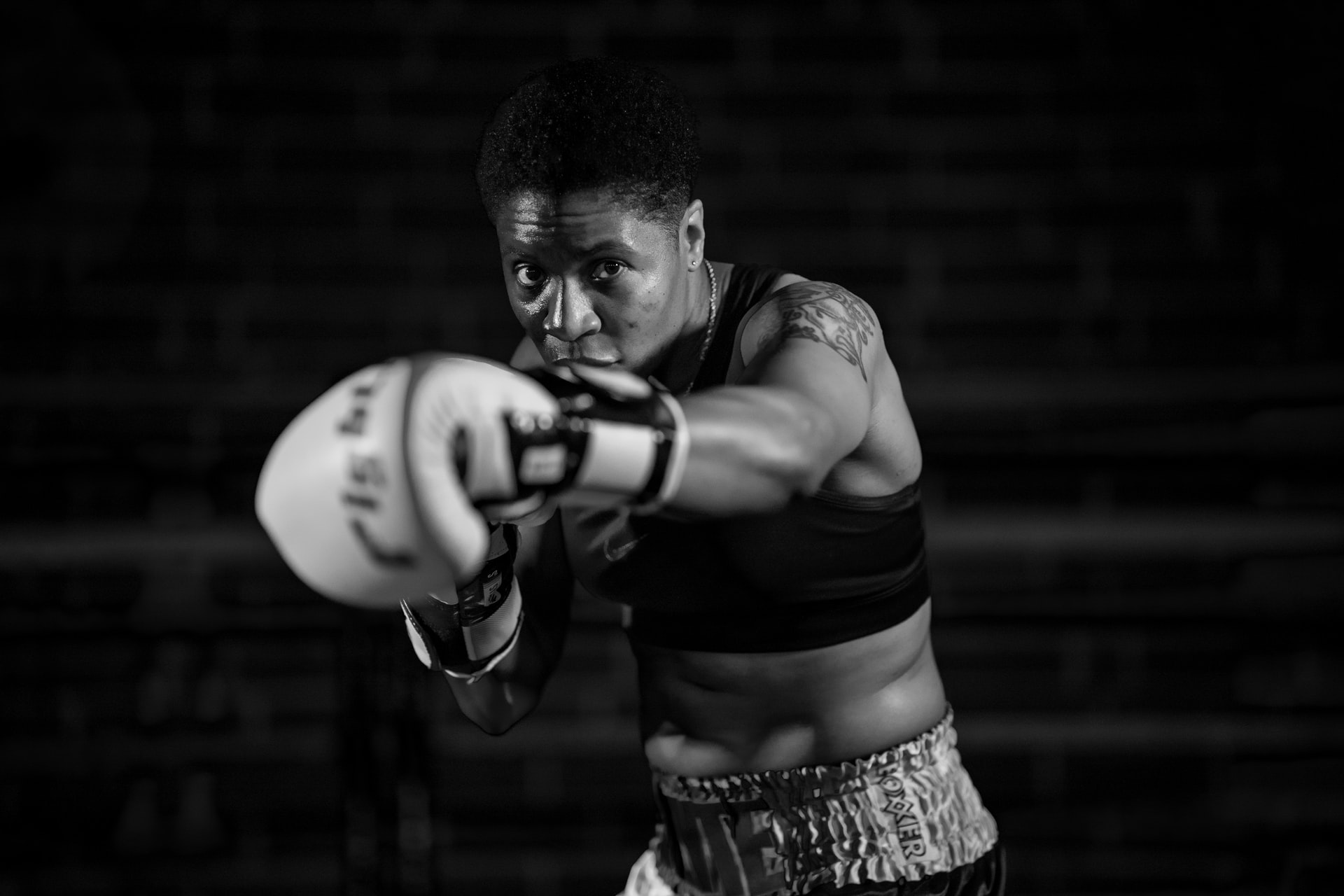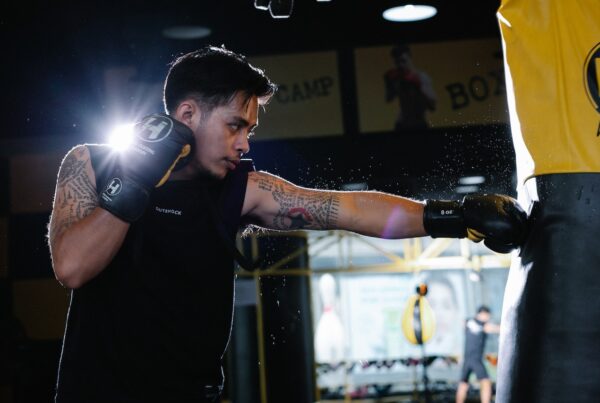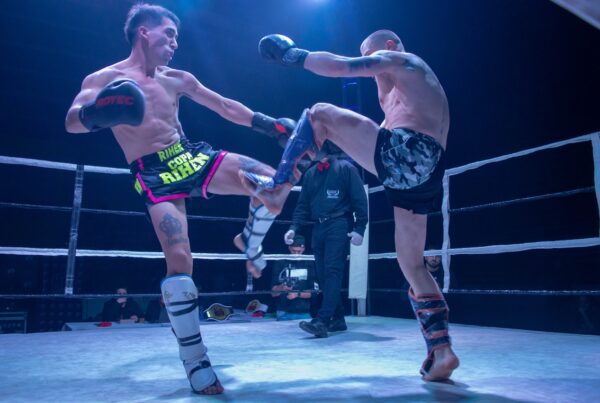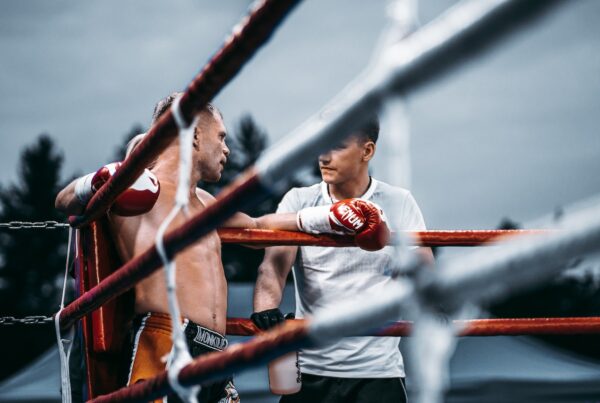The difference between the right-handed southpaw and orthodox stance is the leg the boxer puts forward. Southpaw boxers have their right leg in the front, whereas the orthodox stance is the reverse, where the left leg is placed in the front.
I have seen both amateurs, as well as intermediate fighters, be confused about what each stance is and which one would be better for them. This is my main reason for writing this article.
Here, we will go over the difference between orthodox and southpaw stances. We will also look at some pros and cons of the southpaw stance and help you decide which stance would be better for you.
Table of Contents
Boxing Southpaw Stance Vs. Orthodox Stance
In an orthodox stance, the boxer stands with their left foot ahead while the right foot is in the back. A southpaw stance is the opposite, where the right foot is in the front, and the left foot is at the back.
There is often a misunderstanding among boxers where it is believed that the stances depend on your dominant hand, but that simply isn’t the case. Although generally speaking, you would have your stronger hand in the back.
Pros of a Right-Handed Southpaw Stance
There are pros and cons to using a right-handed southpaw boxing stance. The main pro is that you can easily throw punches with your left hand. The con is that orthodox fighters are used to fighting from this stance, so you may have trouble getting past their defenses.
Here are some of the pros of using the right-handed southpaw stance:
1. Easier to Avoid Getting Hit in the Head
One of the main advantages that southpaw fighters have over others is that it is much easier to avoid getting hit in the head. In a fight, it is much more likely that a southpaw opponent will miss when attacking from the right side of the body, as their hand placement is different.
Furthermore, because southpaws typically use their left hand more for delicate tasks such as holding objects and performing daily tasks, they are less likely to be able to handle a powerful punch correctly.
2. More Versatile
Southpaws are more versatile fighters than their right-handed counterparts, as they can use their left hand for various strike combinations and maneuvers.
As a result, they can be more unpredictable and challenging to defend against, leading to more success in the ring.
3. Better Footwork
Southpaws have better footwork than right-handed fighters, as they can move around the ring more quickly and accurately. This allows them to easily avoid incoming punches and move to the center of the ring for better positioning.
There are several physiological reasons why southpaws may have better footwork than their right-handed counterparts. Their dominant hand is positioned closer to their left foot, giving them a natural advantage in movement and balance.
Additionally, southpaws tend to use more circular movements than their right-handed counterparts, which gives them an edge when dodging or countering attacks.
4. Better Defense
Southpaw fighters are generally better defenders than their right-handed counterparts, as they are more adept at dodging punches and using agility to avoid taking damage. This makes them challenging to hit smoothly, leading to more victories in the boxing ring.
Southpaws are better defenders because they have a more advantageous stance while fighting. They can use their left hand to block incoming strikes and use their dominant arm to parry more attacks.
Additionally, southpaws tend to have a shorter reach than their right-handed counterparts, which allows them to get in close and assailants off-balance.
5. It’s Easier to Throw Punches
It is generally easier to throw punches than their right-handed counterparts, as they have a different hand placement when punching.
As a result, they are less likely to miss when throwing powerful punches, leading to victory in a fight or match situation.
6. More Likely to Knockout Your Opponent
There is no definitive answer to who is more likely to knock out their opponent, as this can be heavily dependent on the individual fighter. However, some general trends may suggest a right-handed southpaw is more likely to knock out their opponent than a left-handed southpaw.
For example, right-handed fighters tend to have stronger left hands than left-handed fighters, meaning they are more likely to land cleanly and effectively with punches from that side.
Also, most fighters are not used to fighting with southpaw stances. This means you have a higher chance of catching them off guard leading to a KO.
7. Using Other Techniques More Effectively.
A more balanced stance allows you to use other techniques more effectively, as you are less likely to be over-extended or off balance. Using a southpaw stance enables you to throw a right-handed punch more accurately as your arm is positioned directly over your shoulder.
A balanced stance can help you defend against kicks as your body is positioned in the same direction as the kick. Right-handed fighters generally have better movement and balance in their left hand, which can help them evade and dodge incoming hits.
Additionally, they are more likely to land clean and effective punches from the right side. Ultimately, while knockout percentages cannot be used as definitive evidence of who is most powerful or skilled in the ring, they can provide some interesting insight into the relative strengths of each type of fighter.
8. More Likely to Land Cleaner Punches
Right-handed fighters generally have better movement and balance in their left hand, which can help them evade and dodge incoming punches.
Additionally, they are more likely to land cleanly and effectively with punches from that side which means they are less likely to miss their target entirely. This makes right-handed fighters more dangerous opponents in the ring, as they can cause severe damage.
9. It Is Easier to Switch Between Stances
A southpaw stance is easier to switch between than an orthodox one as it does not require as much coordination and flexibility as an orthodox one. This makes it easier to mix up your attack patterns and make your opponent guess what you will do next.
Furthermore, a southpaw stance takes less time to learn than an orthodox stance, so you are more likely to be able to apply your skills quickly in a fight.
10. Higher Probability For Victory
Fighters who can switch between southpaw and orthodox have a higher probability of winning. They can defend and strike from more angles allowing them to throw off their opponent’s strategy when they suddenly switch stance mid-fight.
When preparing to fight an opponent who can use both styles, the fighter will have to dedicate time preparing for both an orthodox opponent and a southpaw one, which results in less preparation for both styles, which means they will have trouble defending against both styles.
Cons of a Right-Handed Southpaw Stance
1. You may have trouble getting past the orthodox fighter’s defenses.
Traditional southpaws tend to have trouble getting past orthodox fighters’ defenses. The fighter’s left hand is typically positioned close to the body, making it difficult for the southpaw to connect with punches from that side.
Additionally, southpaws often have difficulty stepping in with their right hand due to the fighter’s tendency to stay back and defend against the opponent’s punches.
2. Struggling to land your punches.
Right-handed fighters often struggle to land their punches as they are less likely to hit the target cleanly. They have to compensate for the orthodox fighter’s tendency to step in and defend against punches.
As a result, right-handed fighters tend to throw more wild punches, which are easy to block or defend.
3. More likely to get hit by an opponent’s counter-attack
As a southpaw, you are more likely to get hit by an opponent’s counter-attack as they can easily hit you with an overhand right or left hook.
This is because your left hand is positioned close to your body, and you cannot step in with your right hand quickly.
4. You may struggle against taller opponents
Taller opponents are often better equipped than southpaws when defending against punches, as they can easily dodge or block punches.
As a result, southpaws often have difficulty beating taller opponents in boxing matches or mixed martial arts fights.
5. You may struggle with blocking a punch.
Southpaws often find it challenging to block punches as their left hand is positioned close to their body and they are not used to using their right hand as a shield.
As a result, they are more likely to get hit by hard punches thrown by their orthodox opponent.
6. You have less punching power
Right-handed fighters have less punching power than orthodox fighters as their dominant hand (the left) is weaker and less developed.
As a result, they are less able to hit hard and fast blows with ease, making them vulnerable in a fight or match.
7. You may struggle with accuracy.
Right-stance southpaw boxers often struggle with accuracy as they are not used to using their left hand as a tool for heavy striking and punching.
As a result, they are more likely to miss their targets, leading to a loss in a fight or a match.
8. You may struggle to defend yourself
When you are fighting southpaw, you will not be used to defending yourself with your left hand. This means that you may find it more difficult to block or dodge punches.
This depends on the fighter. As a result, your opponent may be able to land hits on you more easily than if you were fighting in an orthodox stance. It should not be a problem if you are already used to it.
9. You may have less control over your attack
When you are fighting southpaw, it can be challenging to control the direction of your punches. This is because you are not used to moving your body in the same way as orthodox fighters.
As a result, your punches may not always hit their target. Your left shoulder and elbow may not be strong enough to throw knockout punches.
10. You may miss more often
Southpaw boxers are less accurate than their orthodox counterparts. This can lead to them missing their targets more often, creating problems for them in a fight.
A right-handed southpaw stance is a good fighting stance for many reasons. First, it allows the fighter to use their left hand more effectively. Second, it gives the fighter a strong side-to-side base, making them more difficult to knock down.
Finally, a right-handed southpaw stance allows the fighter to use their rear hand as a makeshift shield.
Is It Possible to Be a Right-Handed Southpaw?
This depends on your genetics and physical abilities. Some people are born with natural left-handedness but can develop strong hand speed and agility in their right hand if they practice enough.
As long as you are willing to put in the work, there is no reason why you cannot become a right-handed southpaw fighter.
It is also possible to use a right-handed southpaw stance in mixed martial arts (MMA). Although it is not as common, some of the best fighters in the world are southpaws.
For example, legendary heavyweight boxer Floyd Mayweather Jr. is a southpaw, and he has dominated the sport with his boxing skills and unorthodox fighting style. If you can adopt a right-handed southpaw stance and apply your combat skills, you may have a chance of winning in MMA.
Which stance is better for you?
When it comes to hand dominance, most people are right-handed. This means they’re more likely to throw punches with their right hand.
Southpaws tend to have an advantage in defending themselves against punches because they can dodge them more easily. Plus, southpaws have a stronger punch than right-handers, so they can deliver powerful blows with less effort.
If you’re a southpaw, using the southpaw stance is a great way to protect yourself and put your opponent at a disadvantage. However, a few things to keep in mind when fighting in the southpaw stance.
First of all, orthodox fighters are better at this style of fighting. They’re nimble on their left side, making it harder for them to evade opponents’ attacks. Additionally, orthodox fighters are more prone to getting knocked off balance because they rely heavily on their right side.
Lastly, orthodox stances can be more difficult to learn than other styles because fighters must be able to shift their weight from leg to leg quickly.
If you’re deciding whether or not to switch stances, it’s important to consider your own strengths and weaknesses. Be prepared for some challenges if you’re a right-handed fighter who wants to try the southpaw stance.
Conclusion
We discussed the difference between the southpaw stance and the orthodox stance. We also had a look at some of the pros and cons of a right-handed southpaw stance. In the end, it is up to you which stance you choose.
I hope this article provided you with enough information about both stances and helped you decide which stance is good for you as a boxer.

